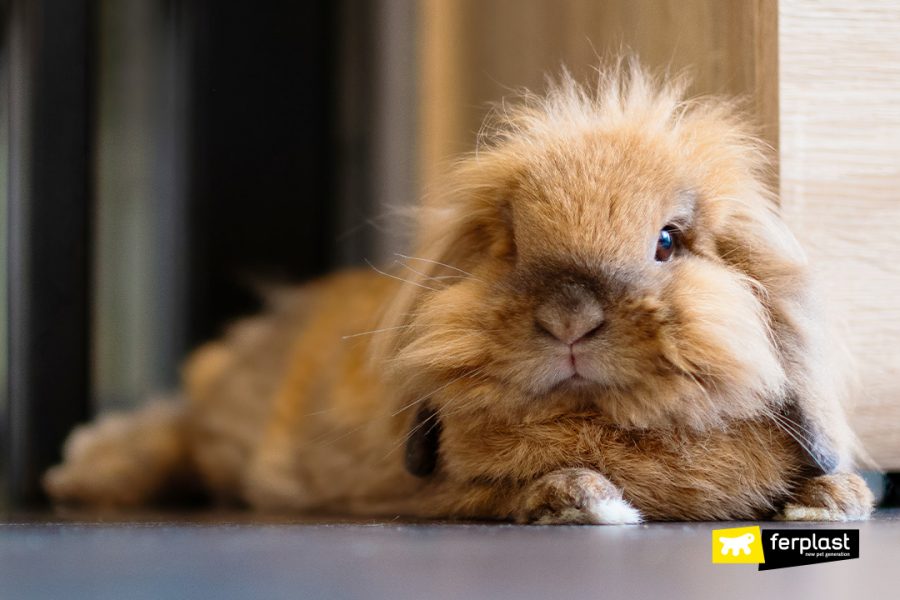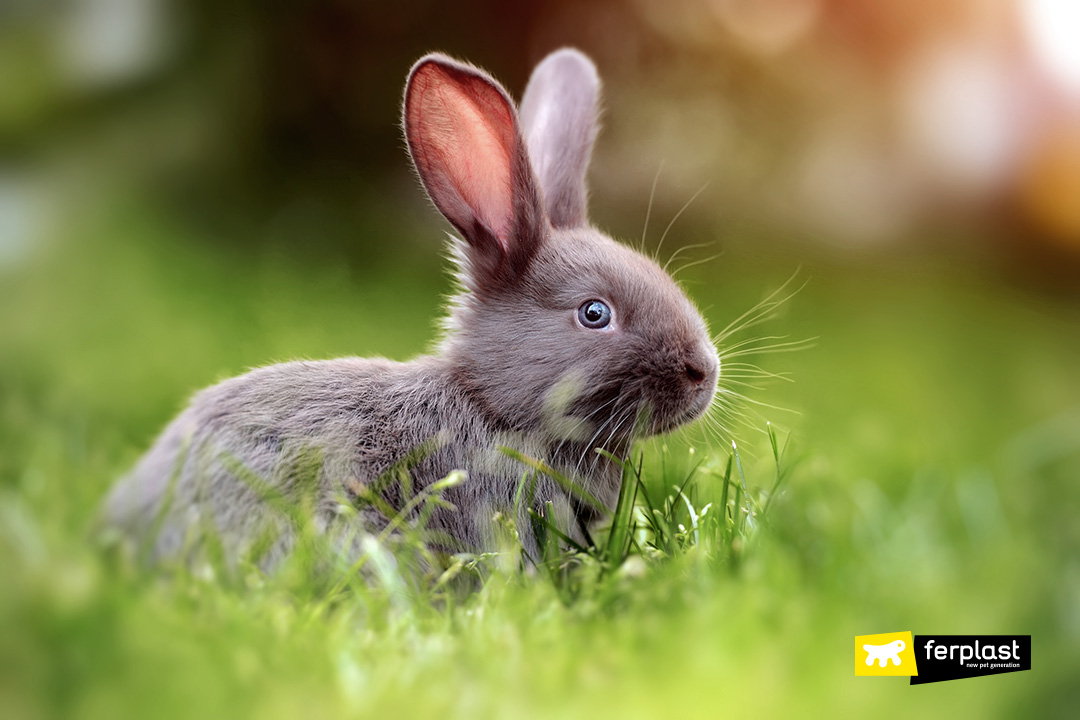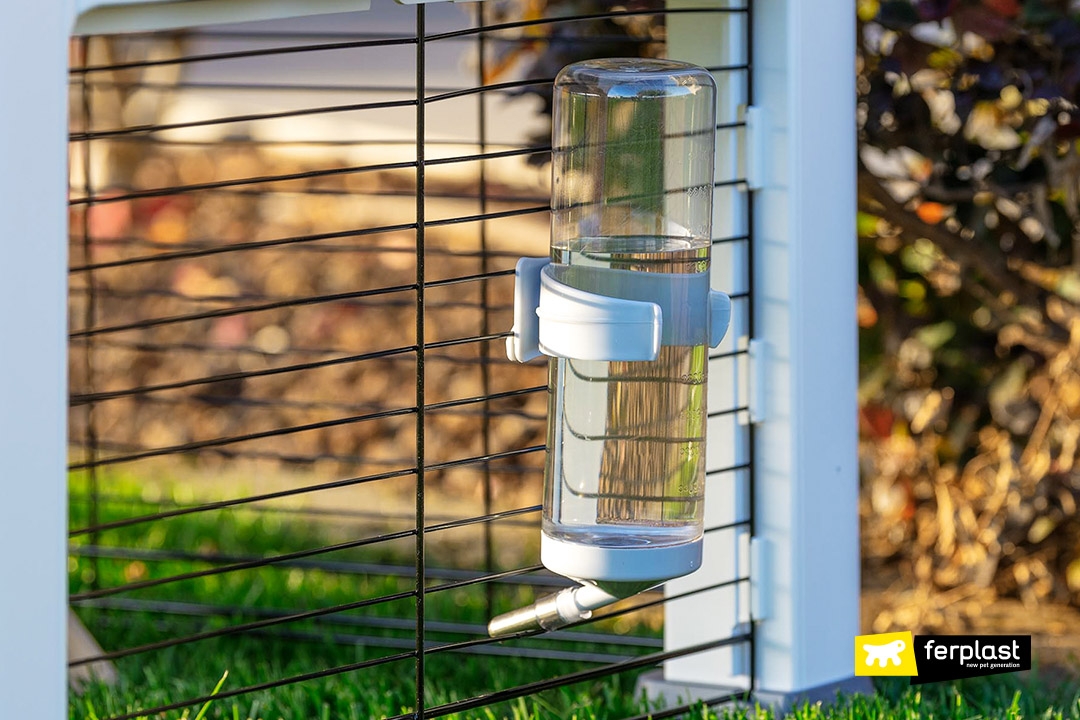Ever considered that the arrival of summer and the heat could compromise your bunny’s health and wellbeing? Rabbits are in fact apparently easy animals to care for, but we are not always aware of how best to take care of them.
Heat and high temperatures, in particular, can pose a threat to these small pets. That’s why, in this season, it’s essential to pay special attention and follow some vital precautions.
Bunnies and heat
Barring their first ten days of life, the ideal temperature for a bunny is around 15/20 degrees. These little creatures are used to braving chilly temperatures thanks to their thick fur. But the arrival of heat can become a problem for bunnies who tend to struggle during the summer months.
Why do bunnies suffer so much in the heat? Aside from having a fluffy coat, these pets don’t sweat! The near absence of sweat glands doesn’t allow them to cool their bodies quickly and easily through the evaporation of sweat. Instead, they use their ears to regulate body temperature.
How to help your bunny cope with the heat
In the wild, during the warmer months, bunnies tend to seek refuge in cool burrows and underground shelters. However, in a domestic setting, both indoors and outdoors, this practice isn’t possible. So, here are a few tips to help your bunny find relief during the hot summer months.
Cool down the environment
If you have an air conditioning system at home, it could be an effective method to reduce the heat and create a more comfortable environment for your bunny. But be careful not to set the temperature too low or direct the air stream straight at your pet.
If you don’t have air conditioning, ensure your rabbit can take refuge in the coolest rooms of the house and that its hutch, whether inside or outside, is shielded from direct sunlight, at least during the hottest hours of the day.
Bunnies and heat: their fur
Bunnies have a very thick coat, which during the summer months could worsen their ability to tolerate heat and high temperatures. That’s why you might consider trimming their fur at the beginning of the summer season. But be extra cautious not to expose your pet to sunlight, as it could get sunburnt.
Pay attention to rabbits’ hydration
It’s also very important not to neglect the presence of clean, fresh water in your bunny’s drinker. Keeping well-hydrated will protect it from heatstroke and help it cope better with the heat. It’s advised not to use overly cold water to avoid drastic temperature changes, but always room-temperature water, changing it at least once a day.
You can also employ small but effective home remedies to help your bunny cope with the heat. Since their ears act as their body’s thermoregulatory system, you can dampen the ends of them with a wet cloth to provide relief to your pet.
Heatstroke in bunnies
We’ve already discussed heatstroke in dogs, but bunnies aren’t immune either. That’s why it’s crucial to spot the symptoms forewarning this danger ahead of time. The following are the most common signs:
- Panting
- Red eyes and nostrils
- Overheating of the ears
If you notice your bunny having any of these symptoms, you should immediately consult your vet. In the meantime, try to regulate its body temperature by rubbing a wet cloth over its ears or immersing it in a basin with a small amount of fresh water.
Take the right precautions to protect your bunnies from the summer heat and guarantee their health and wellbeing!



